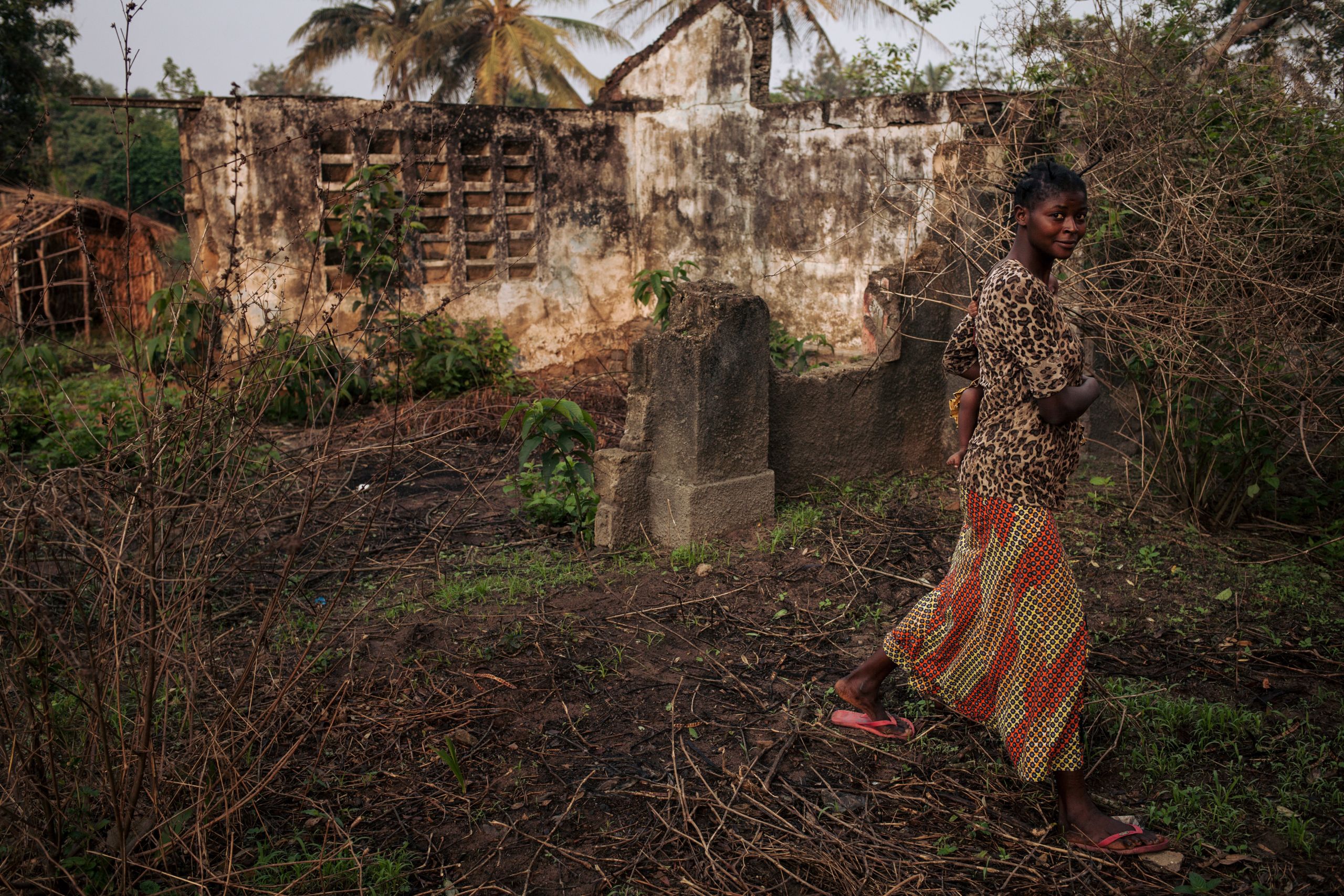Sahel
The world’s most neglected and conflict-ridden region

Armed conflicts, dramatic climate change and little opportunity to receive an education or find a job, are an everyday reality for many in Africa’s Sahel region. With the region’s rapidly expanding population compounding these challenges, the hope of a future is vanishing for millions of young people.
The various humanitarian issues affecting this vast zone should set off alarm bells and if an effort is not made immediately, we could be facing a massive crisis.
But how did we get here and is there any hope to reverse this situation?
A region in peril
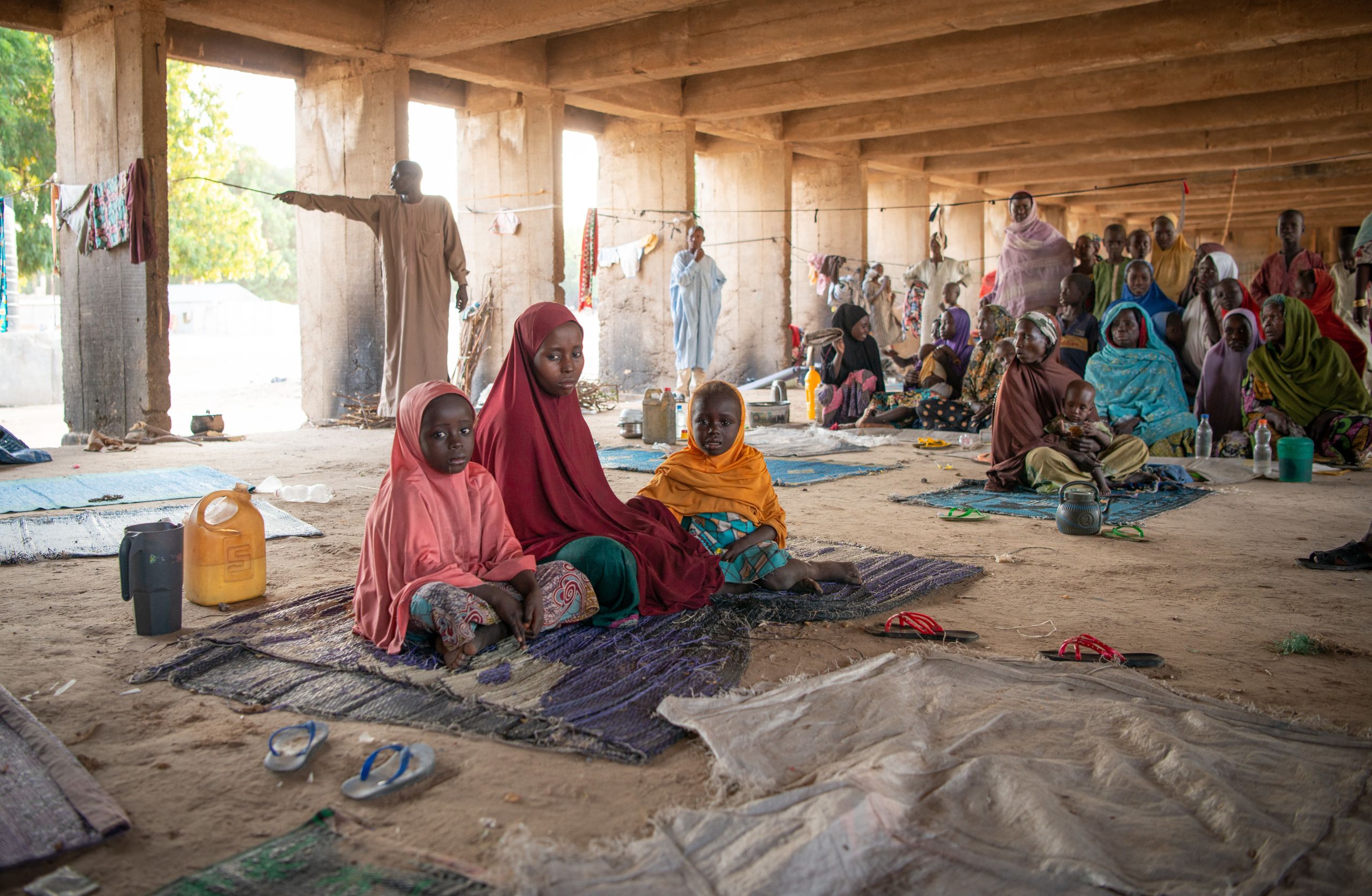
The level of conflict between different groups in the region is on the rise. According to the Armed Conflict Location and Event Data Project (ACLED), the chances are high that this trend will intensify in the years to come.
Since the regime shift in Libya and the subsequent uprising in Northern Mali in 2012, the security situation has gone from bad to worse in much of the region. In Mali, armed groups emerged in areas neglected by national authorities for decades. Lack of state presence, poverty and unemployment made it easy for these groups to find new recruits in areas that had long been left to fend for themselves. Today armed groups have multiplied, violence has spread from the north to more central parts of the country and the conflict has already spread to neighbouring countries such as Burkina Faso and Niger.
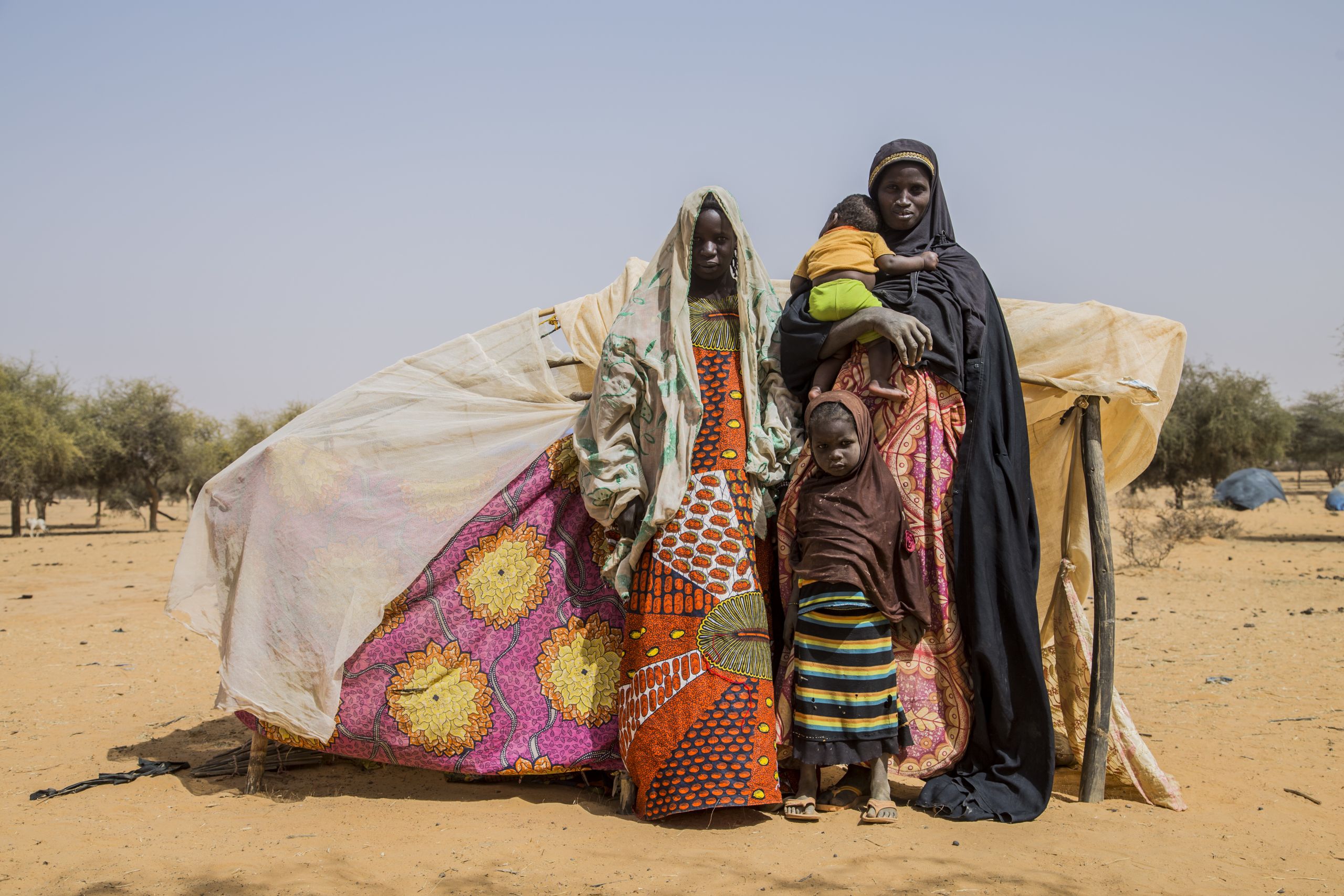
Aigachatou and her children had to flee their home and now live in a tent in Mali. Photo: Togo Moise/NRC
Aigachatou and her children had to flee their home and now live in a tent in Mali. Photo: Togo Moise/NRC
Between January and May 2019 over 133,000 people were forced to flee their homes in north and central Mali.
Many have now lived in displacement for more than a decade, without prospects of return because of the insecurity. Because of the lack of funds, several humanitarian actors present in the country are raising the alarm and warning about insufficient capacity to respond to the growing humanitarian crisis. Throughout 2018 and into the beginning of 2019, the conflict is expanding in scale and scope.
In neighbouring Burkina Faso, thousands have been displaced in the northern provinces on the border with Mali. The level of violence is unprecedented, and the civilian population is caught in the middle of, and at times targeted by attacks, both by non-state armed groups and security forces.
In North East Nigeria, the armed conflict between non-state armed groups and security forces continues to affect neighbouring countries and has created one of the world’s worst humanitarian crises. Niger, Cameroon and Chad have all been drawn into the conflict. Although Boko Haram is no longer a unified movement, one of its factions, the IS West African Province (ISWAP) has been growing and contributing to increased violence in the region since autumn 2018.
In Cameroon, violence caused by Boko Haram has driven out around 228,000 Cameroonians in the areas bordering Nigeria. Cameroon is simultaneously dealing with a separate conflict in a different region of the country and though that part of the country is not within the Sahel region, the effects of the conflict are devastating. Over the past two years, unrest has increased in the English-speaking South-West and North-West Regions of the largely French-speaking country. During the autumn of 2018, 437,000 Cameroonians were displaced in these areas and 30,000 refugees crossed the border into Nigeria.

Mariam Adoum (4) and Aïcha Ali (8) belong to a family group who has found safety outside Kourgui, north in Cameroon after fleeing from Boko Haram violence. Photo: Tiril Skarstein/NRC
Further developments in the Sahel belt will also depend on what is happening in Sudan and in parts of North Africa such as Algeria and Libya – countries with great tensions and instability.

The Nigerian town of Damasak was attacked by Boko Haram in November 2014. Women, men and children, who survived, fled and most of them found refugee in Niger. Photo: Hajer Naili/NRC

Mariam Adoum (4) and Aïcha Ali (8) belong to a family group who has found safety outside Kourgui, north in Cameroon after fleeing from Boko Haram violence. Photo: Tiril Skarstein/NRC
Mariam Adoum (4) and Aïcha Ali (8) belong to a family group who has found safety outside Kourgui, north in Cameroon after fleeing from Boko Haram violence. Photo: Tiril Skarstein/NRC

The Nigerian town of Damasak was attacked by Boko Haram in November 2014. Women, men and children, who survived, fled and most of them found refugee in Niger. Photo: Hajer Naili/NRC
The Nigerian town of Damasak was attacked by Boko Haram in November 2014. Women, men and children, who survived, fled and most of them found refugee in Niger. Photo: Hajer Naili/NRC
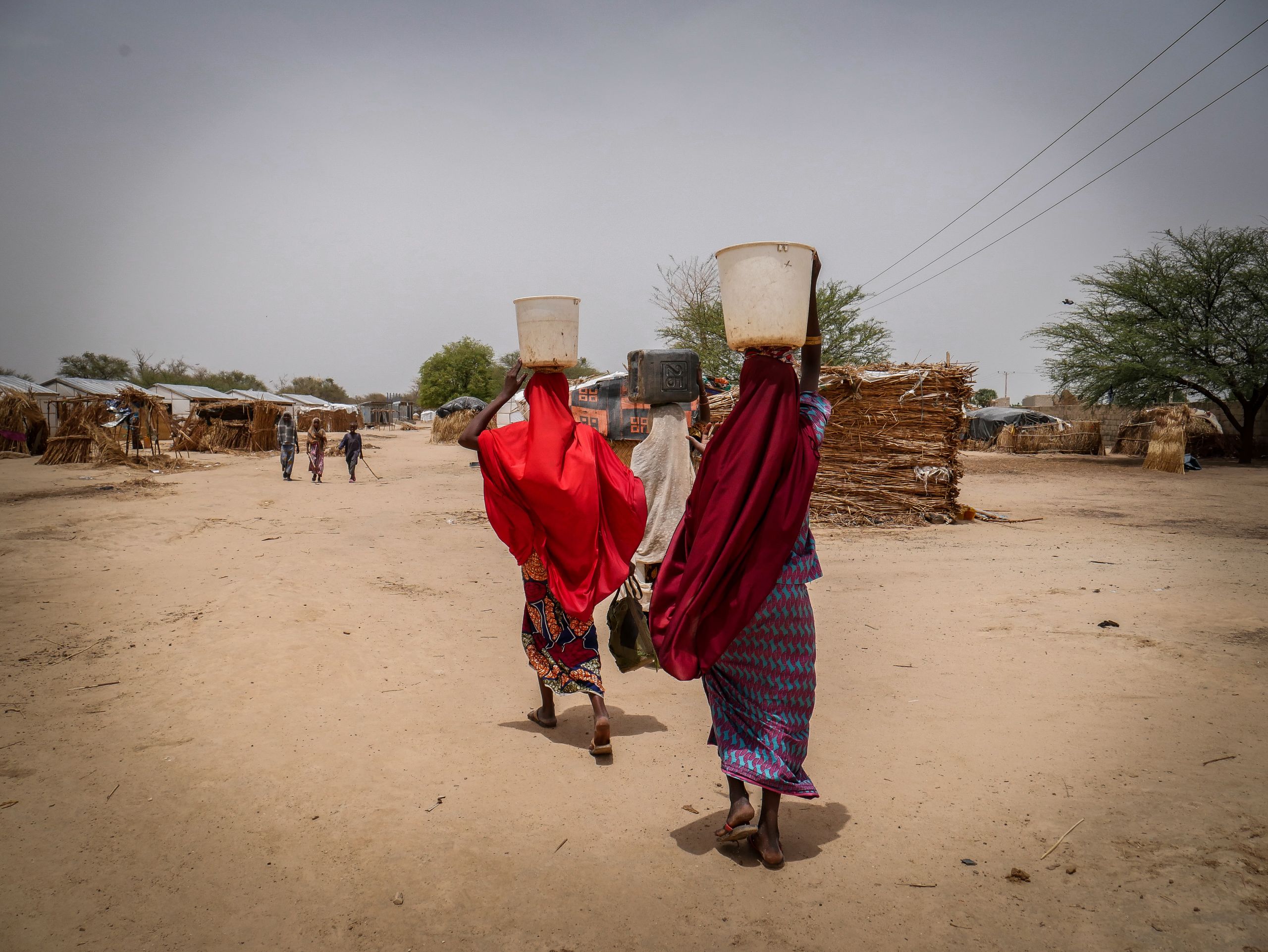
A group of women walking back to their shelters after fetching water at one of the solar water pumps installed by NRC at Fariya camp for internally displaced persons in Maiduguri, Northeast Nigeria. Photo: Hajer Naili/NRC
A group of women walking back to their shelters after fetching water at one of the solar water pumps installed by NRC at Fariya camp for internally displaced persons in Maiduguri, Northeast Nigeria. Photo: Hajer Naili/NRC
The countries of the Sahel are among the world’s poorest. Niger is at the very bottom of the UN Human Development Index, and Chad, Burkina Faso and Mali rank just above.
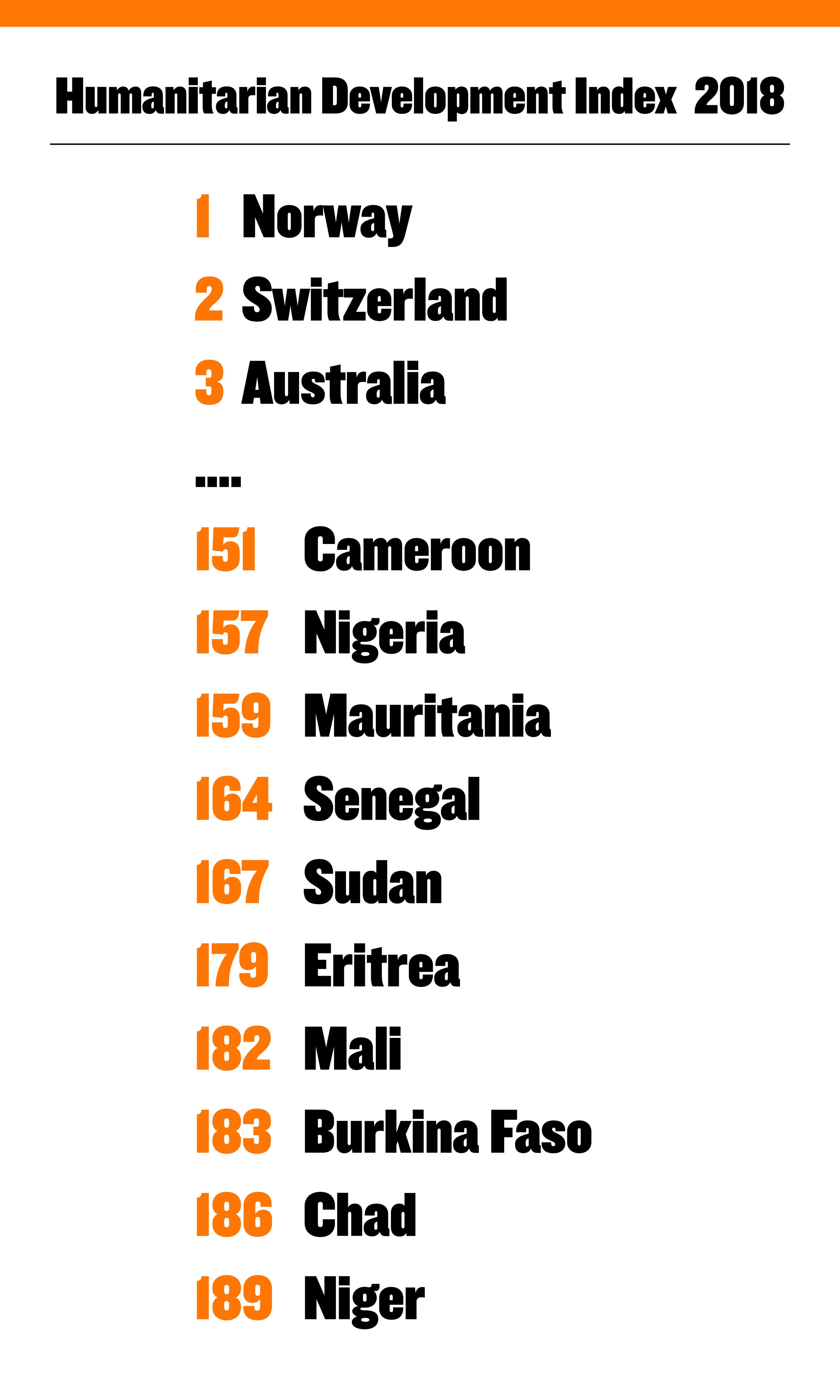
As of March 2019, 4.2 million people have been displaced from their homes in the countries of the Sahel region. This is one million more than at the same time last year. Violence has escalated in the past year – especially in parts of Mali, the areas around Lake Chad, Burkina Faso and parts of Niger.
Interconnected crises
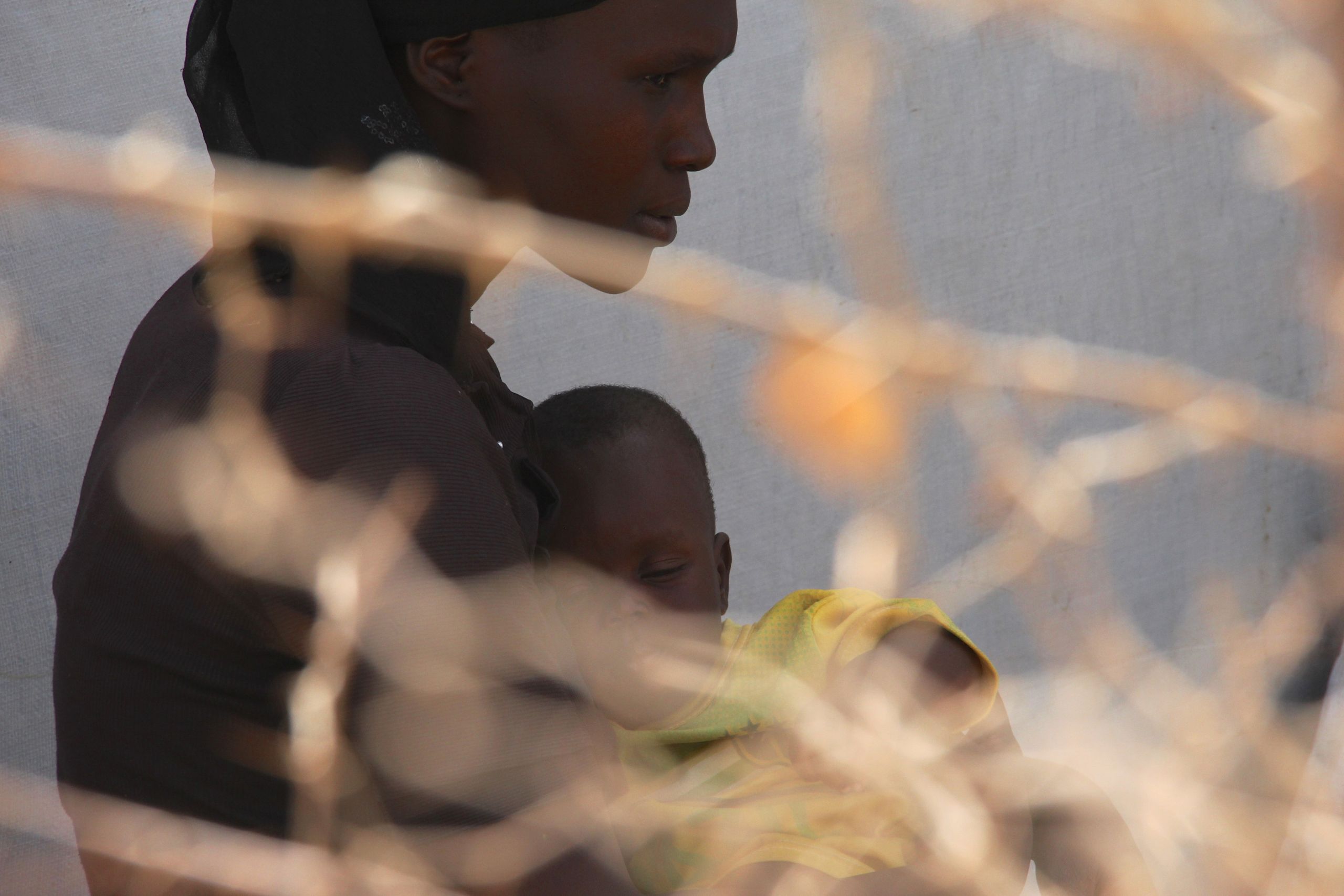
As devastating as these armed conflicts are, they are in many cases a symptom of deeper, unresolved issues that plague the region namely poverty, food shortages, lack of job opportunities and climate change.
In order to escape this unfortunate reality, many migrants from countries in the Sahel have decided to make the perilous journey across the Mediterranean to reach Europe’s shores. In 2018, 116,647 migrants and refugees arrived Europe crossing the Mediterranean, according to UNHCR. Over 2,000 lost their lives in the attempt.
As thousands of African refugees and migrants arrived in Europe, the fact that the conflicts and crises plaguing African countries could affect Europe was an uncomfortable realization for many European politicians. Though the arrival of African migrants may have caught Europe’s attention and funds were allocated to respond to the migrant crisis, most of the resources has gone towards border enforcement and stemming of the migrant flows.
Any efforts to find a solution that does not address the long-term underlying problems facing the region such as climate change and food shortages and will be in vain.
Climate change

Climate change remains one of the major challenges that Sahel’s countries face. The UN estimates that 80 percent of the agricultural areas in the Sahel belt are already affected by climate change.
In this region the temperature is rising one and a half times as fast as the global average.
In January 2019, at the World Economic Forum, climate researchers presented their forecast for the Sahel: In a region where the average temperature is 35 degrees, climate scientists fear that it will increase by at least 3 degrees by 2050.
This will have a dramatic effect on food production in the world’s poorest area. Up to 50 million people throughout the Sahel belt are nomads and dependent on their cattle flocks. There is less access to grass than ever, which is triggering violent conflicts between resident farmers and nomads in countries such as Nigeria, Mali, Chad and other states in the region.
Previously, such conflicts were often solved locally through negotiations. Now, the situation is so desperate that it frequently triggers violence that kills thousands of people every year.
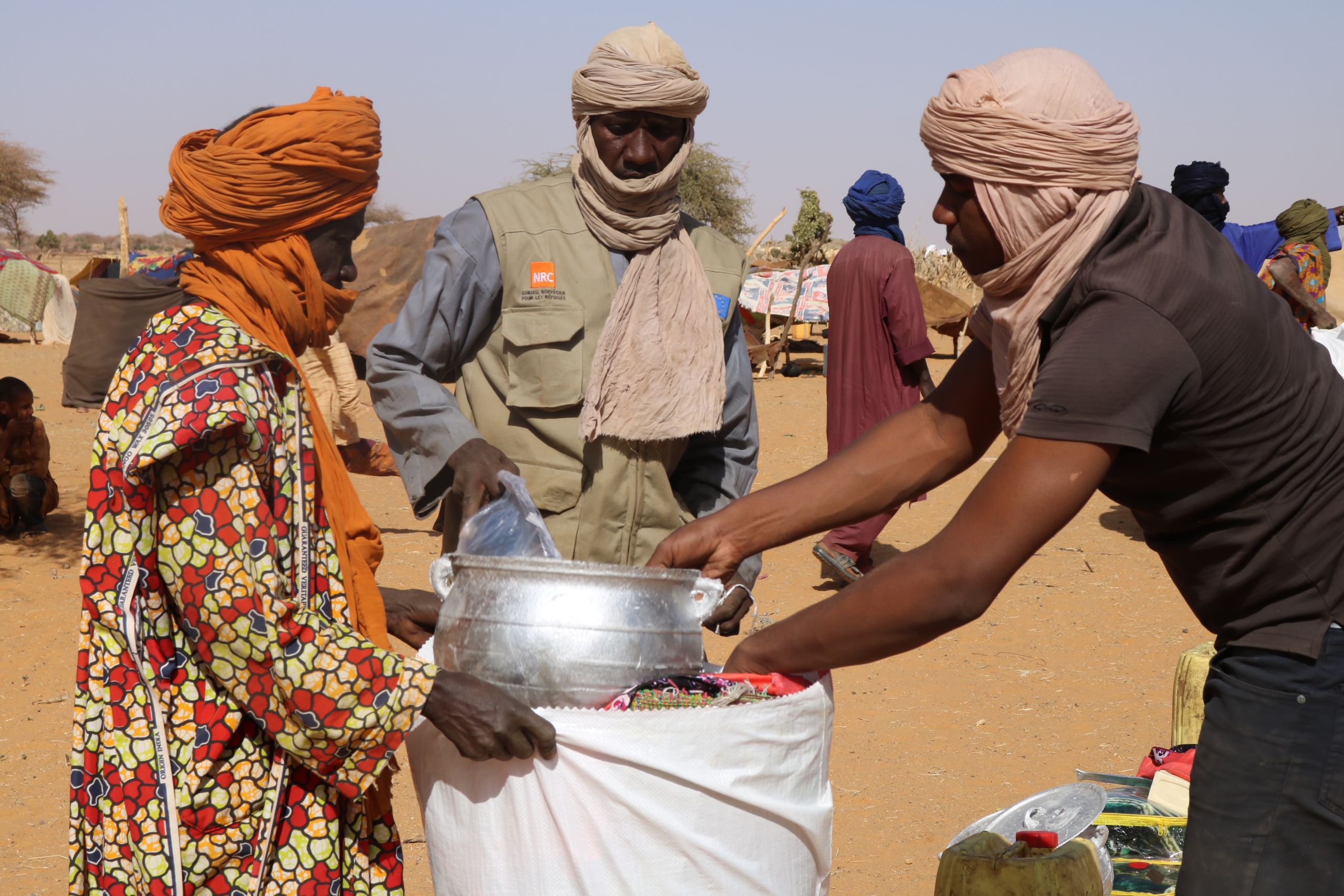
More than 5,800 people were forced to flee from south of N'tillit, Mali to north in February 2019. Photo: Mahamadou Abdourhamane/NRC
More than 5,800 people were forced to flee from south of N'tillit, Mali to north in February 2019. Photo: Mahamadou Abdourhamane/NRC
Less food for a growing population
The Sahel has the world’s fastest growing population, and there is a great need to increase food production – but in fact the opposite is taking place.
Food production is on the decline. Violence often forces farmers to flee conflict areas and closed roads and markets further reinforce food shortages.
Already, 33 million people in the Sahel have been declared food-insecure, according to UN’s Food and Agriculture Organisation (FAO), the increase in population will be explosive, from around 150 million today to 330 million in 2050.
Rising to the challenge
The deep-running challenges of the Sahel require long-term solutions. Providing protection and humanitarian aid to those already suffering must remain a priority, not only to save many lives, but to also stop vulnerable states from collapsing.
But in addition to this life-saving urgent humanitarian action crucial longer-term solutions are also required. Political leaders and stakeholders must pursue a cease of hostilities and a lasting peace. Major investments must be made to improve the education and health services in the region. Education for girls can lead to fewer child brides and better health, thereby slowing the population growth. Efforts to combating corruption and promote good governance are also important goals at the political level.
Read more:
Cameroon: 5 things to know about Cameroons three crises
Cameroon: One country, three crises
Nigeria: Survived on water and insects
Nigeria: Working in the middle of the conflicts
Mali: 2018, the most violent year since conflict began
